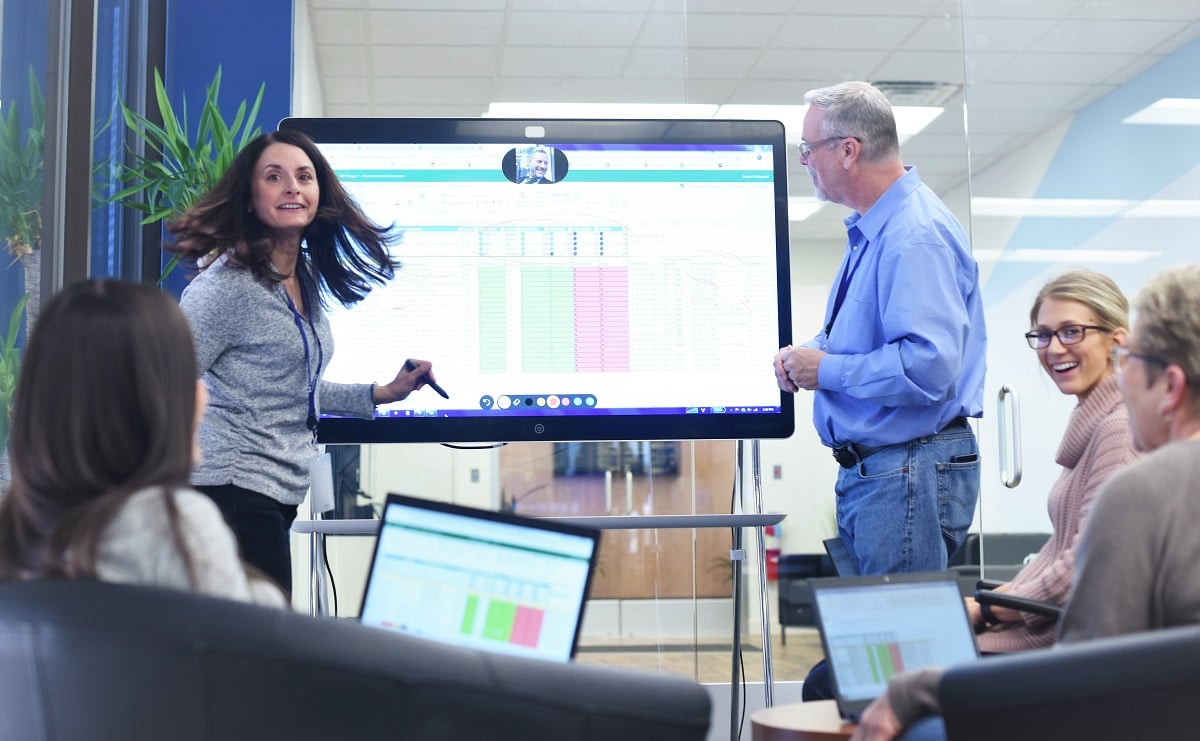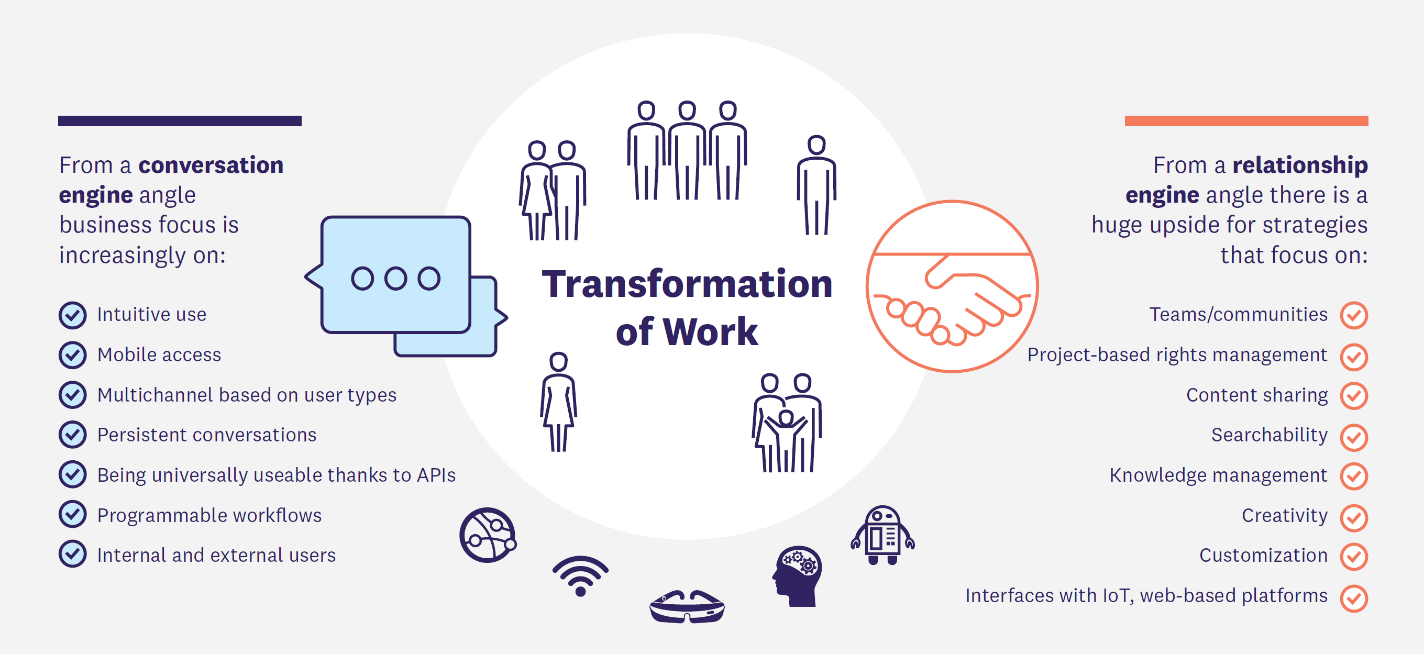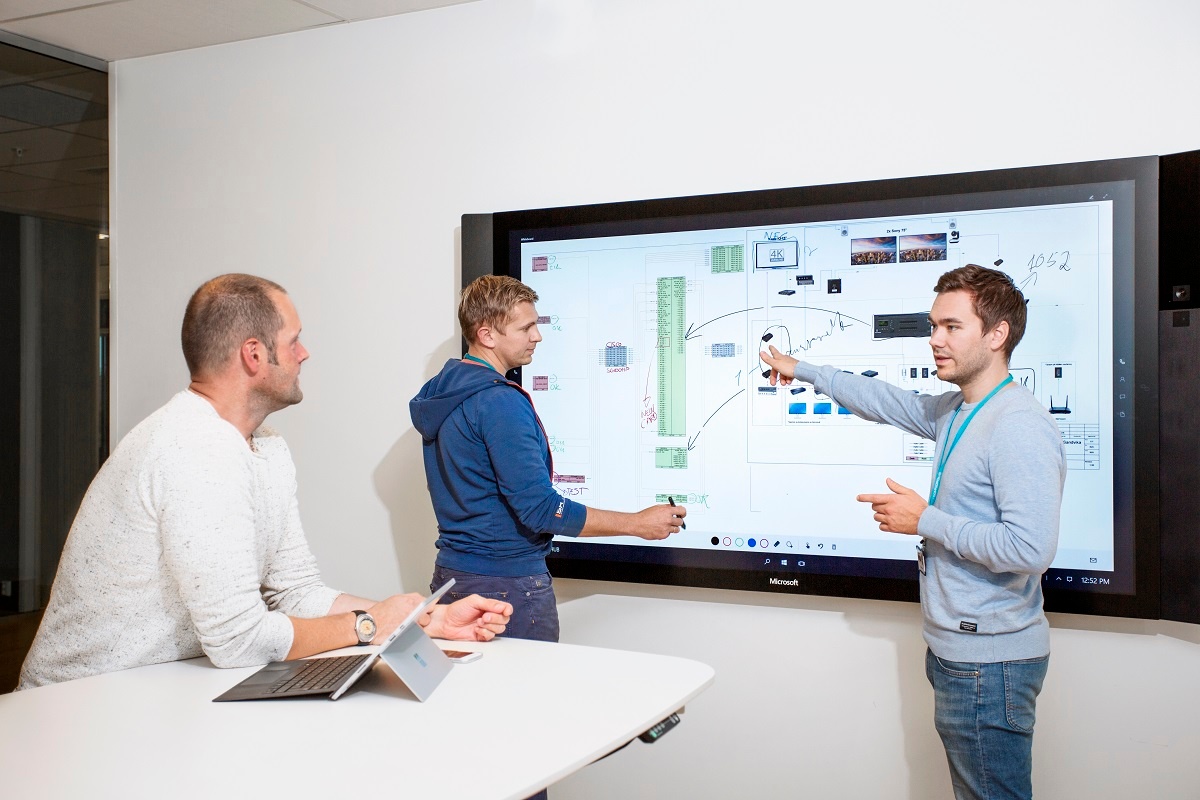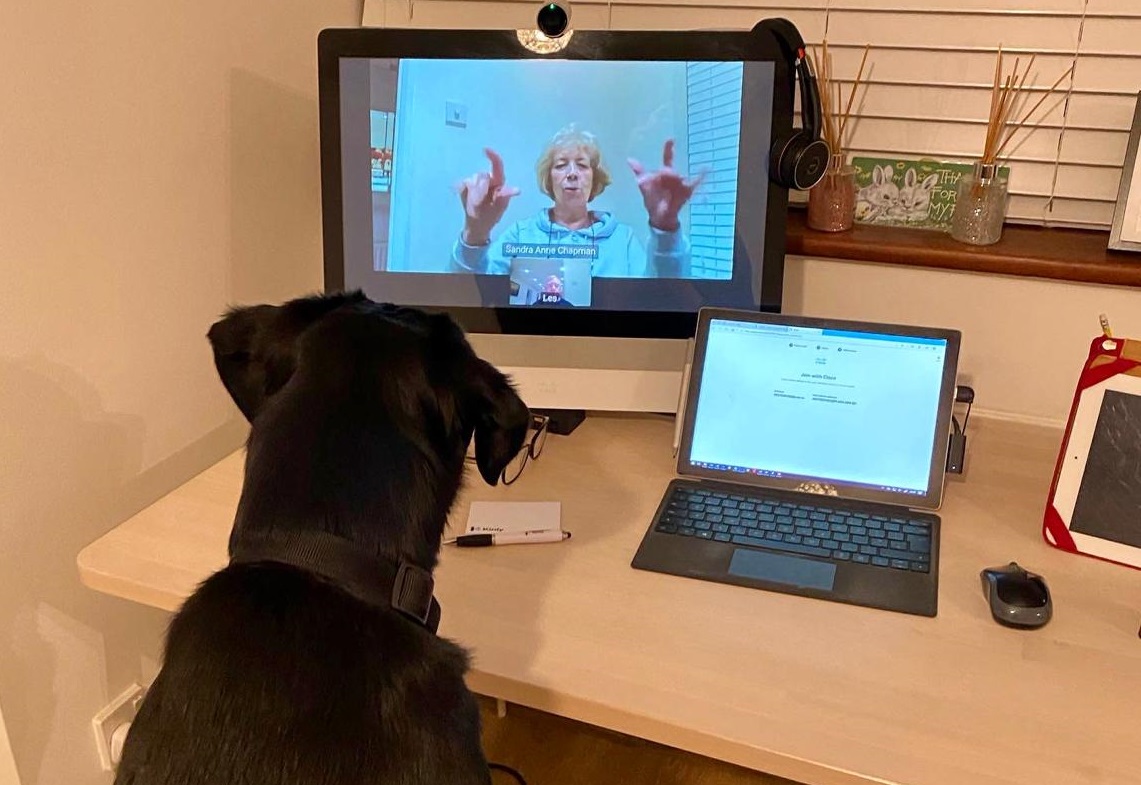How can collaboration technology enable digital transformation?
Findings in the latest IDC InfoBrief shows that 54 % of companies struggle with digital transformation projects. In this post we seek to explain how, and under what conditions collaboration technology can change the game.

The digital transformation promise and challenge
Findings in the latest IDC InfoBrief shows that a large majority of organizations believe digital transformation can help them improve their operations and customer experience.
Many of these organizations also believe improved use of their own available data and information to be crucial. However, 54% admit to their number one challenge being integrating digital projects across their organization. Considering the mix of new and legacy systems, processes, cultures and demographics they face, I am not surprised.
Collaboration technology as a driver for change
It is easy to see that improved communication will help us integrate digital projects into our operations. Still, modern use of social media clearly shows that giving people the tools does not necessarily lead to the desired result. In other words, organizations that provide communication technology for their employees must also create a culture for integration and use. As my colleague, Georg, wrote in his blog, the core focus should always lie on the experience of people using the technology. This is where the IDC Report produce insight I find particularly valuable; the transformation of work from a conversation and a relationship perspective.
Conversation wise, we can now communicate across the distance of geography and discipline. Digital tools allow us to combine this with large amounts of data and information. Video, audio and data combined in a real-time, fully synchronous way with session persistence – is fundamentally different from our traditional phone calls, email, travel and meet paradigm.
Combined with the ability to create dynamic relationships between teams, assets, and processes, we now have a unique opportunity to connect the inside and outside of our organizations – and speed up the process of digital transformation.
Under what conditions?
Allow me to state the obvious: Humans are still physical beings for at least a few more years. Sure, Artificial Intelligence, Machine Learning and Cyborgs are on the rise, but people are still people. We need the digital advantages, but also the things we normally do when we work together. Sometimes, it seems as if both the users and the collaboration industry believes the digital only option will do.
We want the flexibility to perform tasks from anywhere, on any device, at any time, and collaborating in the virtual workplace should be as easy as meeting in real-life. However, the jungle of technology is not exactly paved with safe roads between its big players. Instead, there is a game of ‘my way or the highway’ going on. And as much as I love my phone and my tablet computer, there are times I need more screen estate and more powerful environments to be effective.

Trust is paramount
My belief is that two things must come together for collaboration technology to enable digital transformation. Trust in people and trust in technology. Trust in people has to do with the relationship people need to build to truly work together. As the virtual workplace is becoming a new standard, this relationship can not always be built in real life. In my next blog-post, I will explain how to build the best environments for video based communication to answer this need.
Trust in technology can only be achieved when it is easy for people to use. Let me share an analogy. I am a Norwegian, I ski; cross-country and alpine, flat plateaus and steep mountains. And technology has made this easier than ever before. This does not, however, mean that a complete rookie will be an instant master. They need to be taught. Trust in collaboration technology can only be achieved if you also train your organization, and build a culture for where, how and when to use it. This is an area our industry has largely overlooked, but change is happening here too. Our own Customer Success Team has, in record time, become one of our most successful and in-demand services, delivering programs that bring both newbies and old-timers on board.
Enabling faster and better decisions and outcomes
The whole idea behind digital transformation is to make processes within an organization more effective and efficient. It means faster (and better) decisions and outcomes. To support this, your strategy should be to use collaboration technology to build a seamless experience of working together, no matter which system, tool or company is involved.
Only then can you create better projects and services, and help accelerate the digital transformation within your organization.








